Product Description

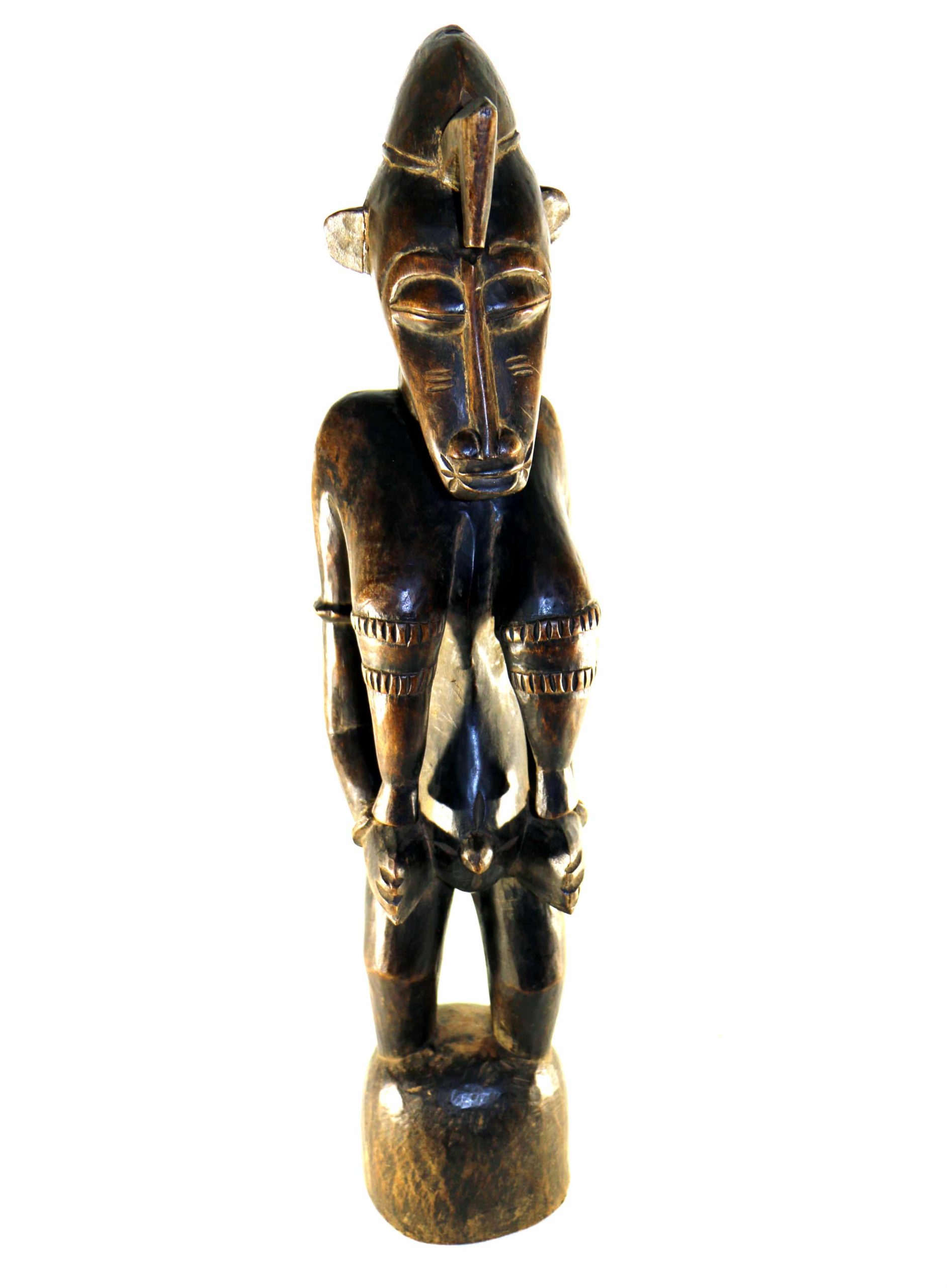
Statue Mangbetu- Congo
This ancestral Mangbetu statue is an exceptional piece from the Mangbetu also spelled Monbuttu, peoples of Central Africa living to the south of the Zande in northeastern Congo (Kinshasa). The Anthropomorphic figure dates from 1950 – 1960.
Made of 100% light wood, fiber Patin.
Model is W 72 – H 231 and weight 5.5 kg.
Description
This ancestral Mangbetu statue made of light wood, fiber Patin, is an exceptional piece for your collection. It originates from the Mangbetu also spelled Monbuttu, peoples of Central Africa living to the south of the Zande in northeastern Congo (Kinshasa). The Anthropomorphic figure dates from 1950 – 1960.
The statuary of the Mangbetu tribe is outstanding if only from the questions they generate, and their unique looks, incorporating full body scarification, and aspects of head elongation. Her raised scarifications in geometric patterns on the body and mostly on the face, and prominent hairstyle denotes this figure as a woman of elite status. Most of the extensive Mangbetu scarification was cut or “grooved” versus keloid “raised”. The artist uses three instruments: a long iron needle, a knife with a wooden handle and a curved blade, and a triangularly shaped native razor. The design is first traced lightly with the knife, then touched up with the razor or needle; the needle is inserted into the marked area of the skin to raise it, and the necessary amount of flesh is then cut away with the razor. The mother’s peaked hairstyle is echoed by the coiffure of the child cradled in her lap. This sculpture was likely placed in a shrine to honor the ancestral mothers of a lineage. The glass fragments placed in the figure’s eyes suggest the sculpture’s commemorative role. Reflective surfaces such as mirrored glass suggest the surface of the water, a symbolic link to the ancestral realm.
The Mangbetu people stood out because of their elongated heads. Traditionally, babies’ heads were wrapped tightly with cloth in order to give them this distinctive appearance like you see on the figure. The practice, called Lipombo, began dying out in the 1950s with the arrival of more Europeans and westernization. Because of this distinctive look, it is easy to recognize Mangbetu figures in African art.
Additional information
| Weight | 5.5 kg |
|---|---|
| Dimensions | 72 × 23 cm |
Leave a reply Cancel reply
Returns and Exchanges
There are a few important things to keep in mind when returning a product you purchased.You can return unwanted items by post within 7 working days of receipt of your goods.
- You have 14 calendar days to return an item from the date you received it.
- Only items that have been purchased directly from Us.
- Please ensure that the item you are returning is repackaged with all elements.
Ship your item back to Us
Firstly Print and return this Returns Form to:
30 South Park Avenue, San Francisco, CA 94108, USA
Please remember to ensure that the item you are returning is repackaged with all elements.
For more information, view our full Returns and Exchanges information.

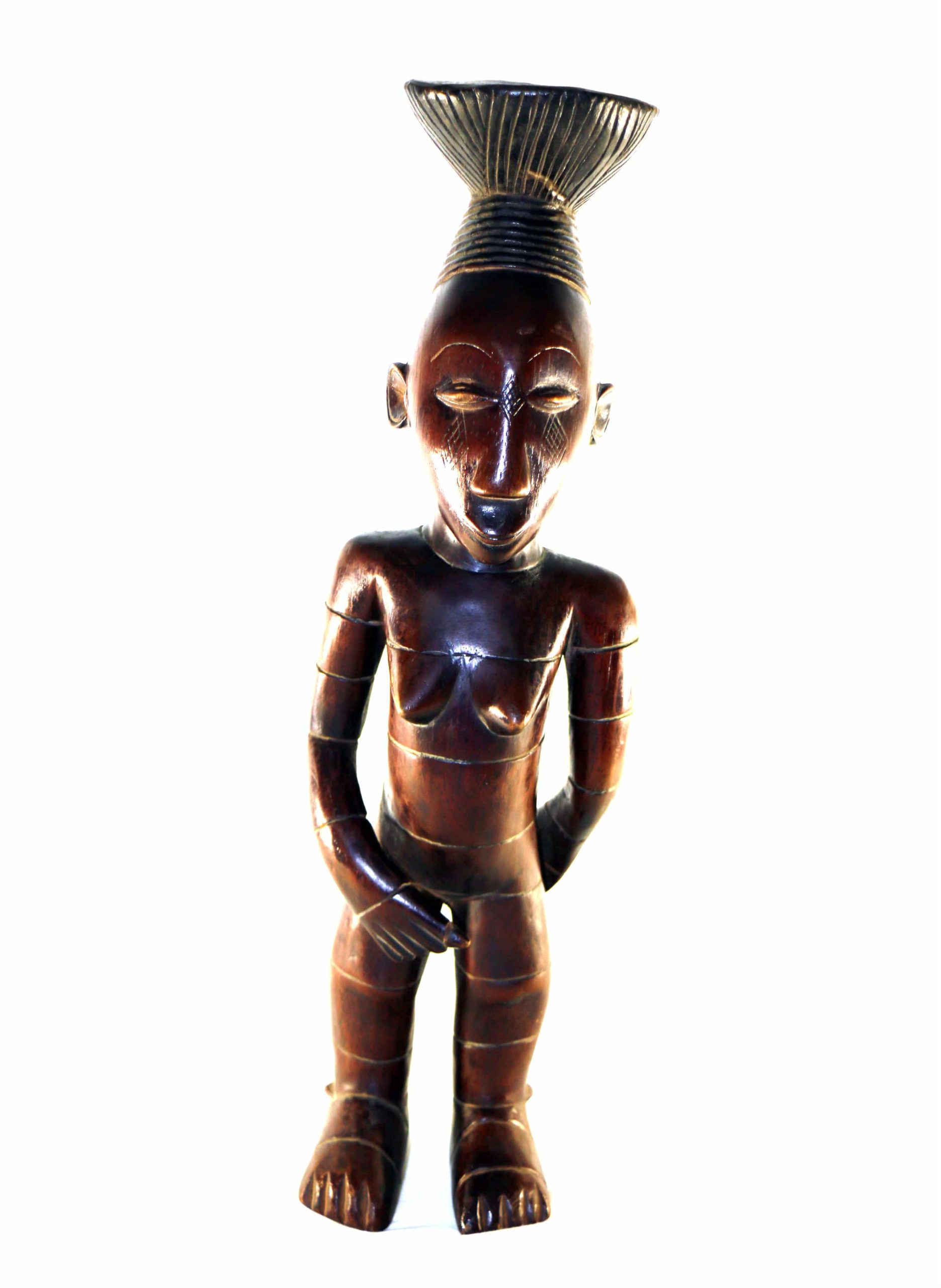

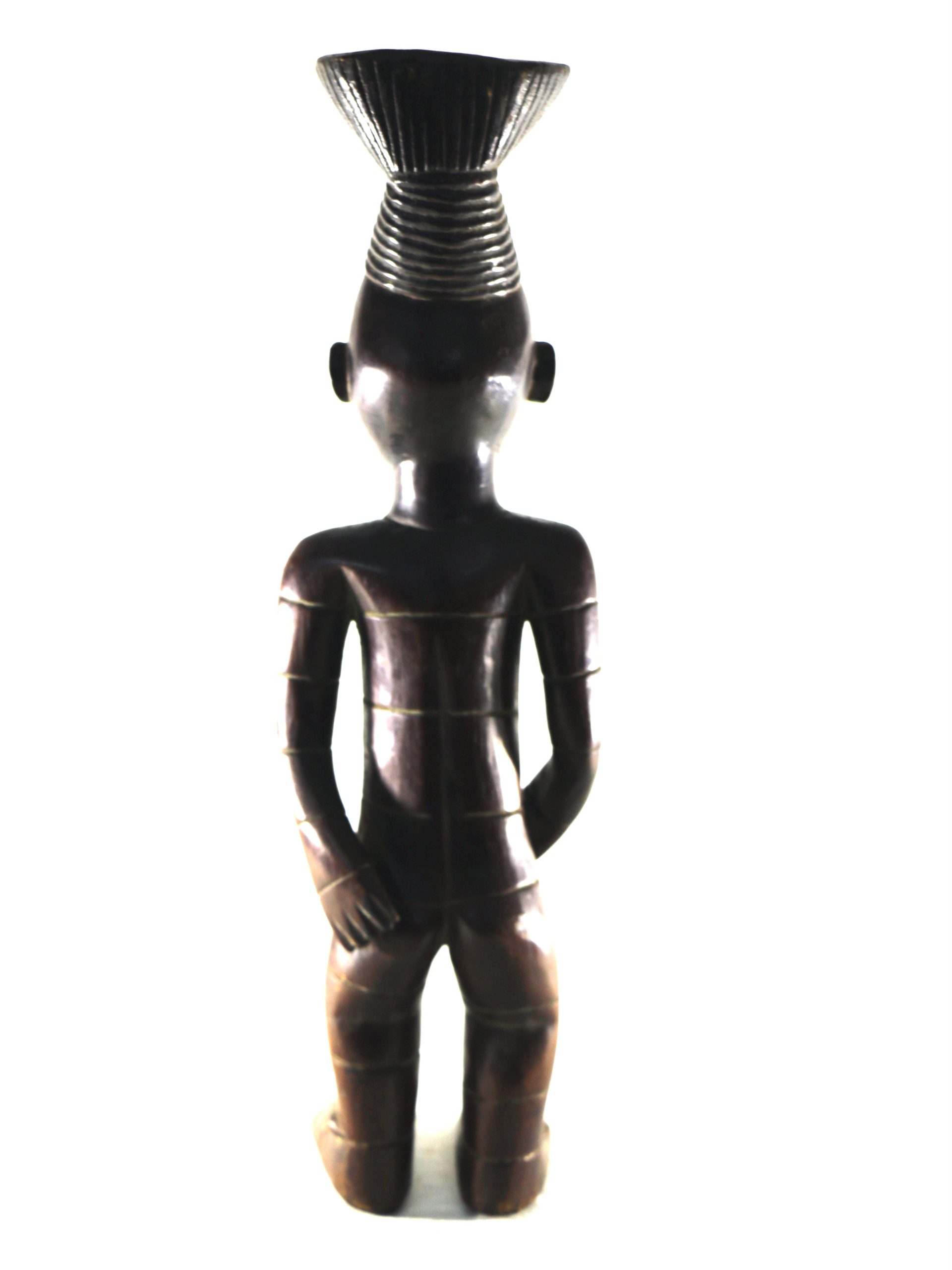

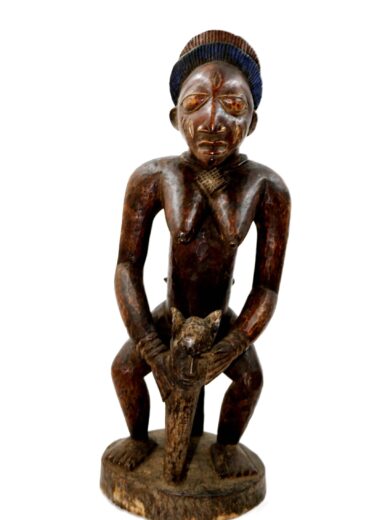
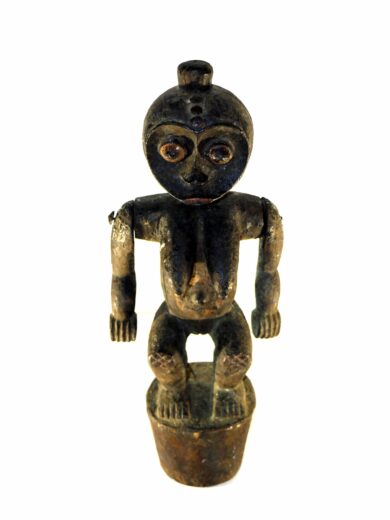
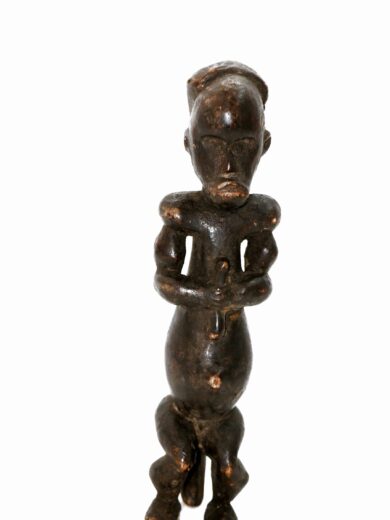
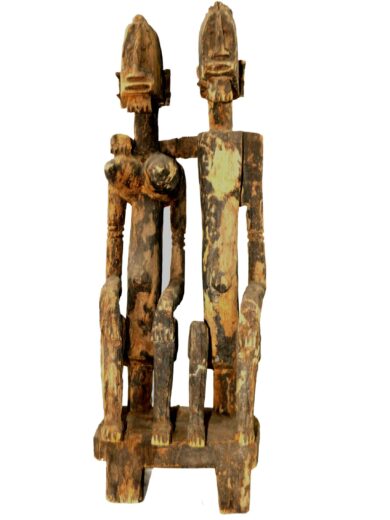
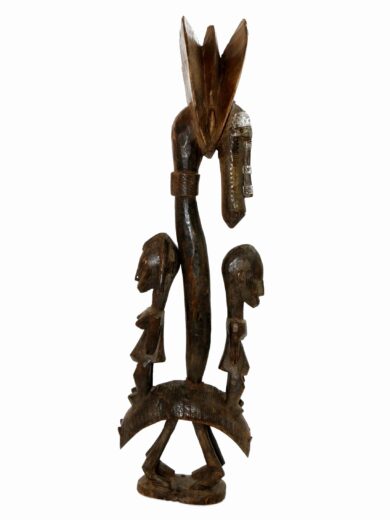
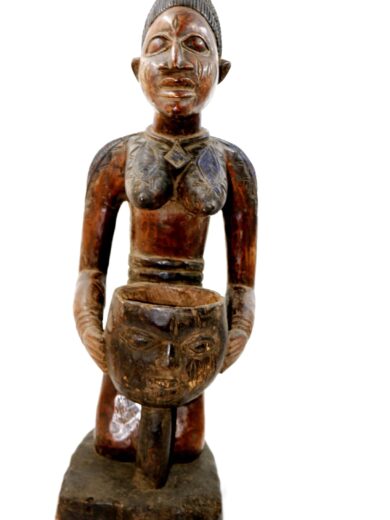
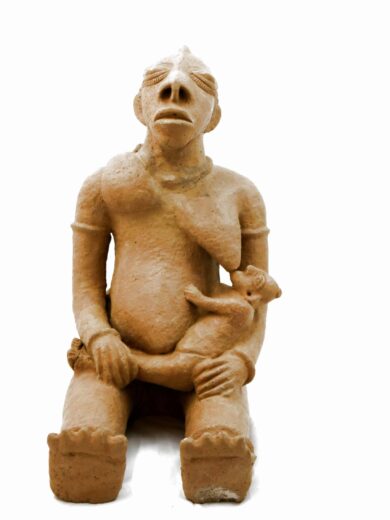
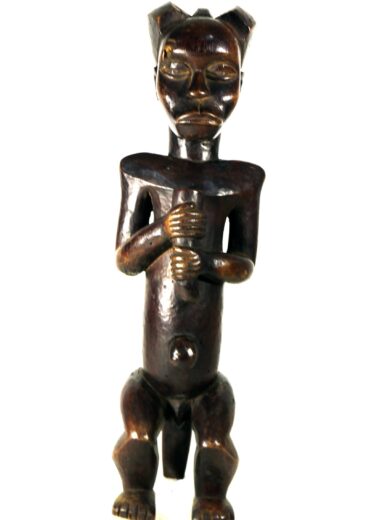
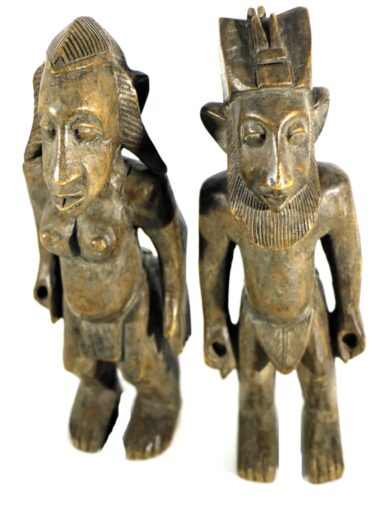



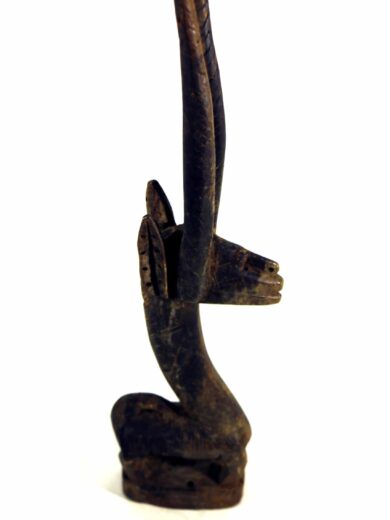


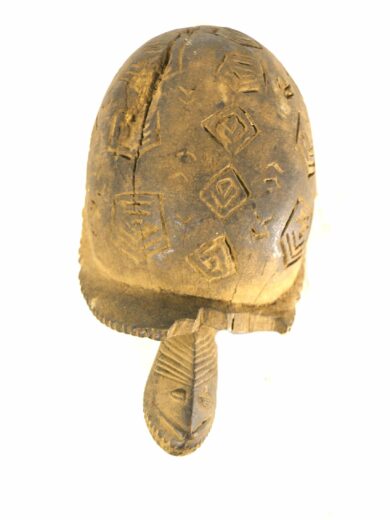
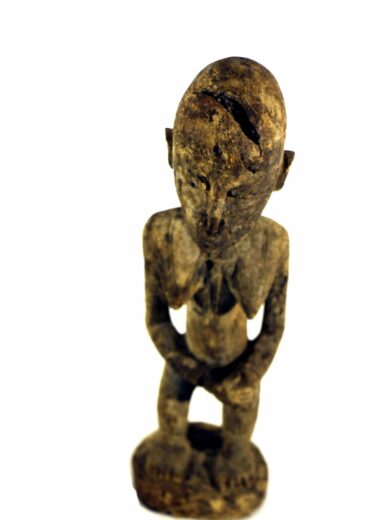

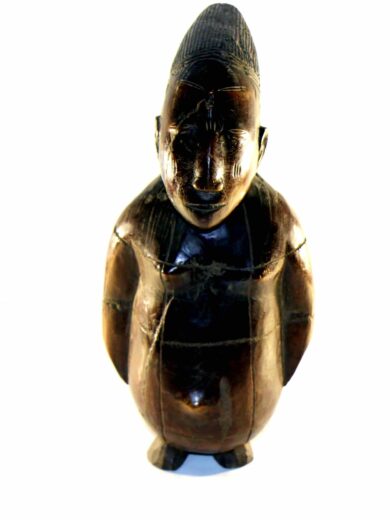



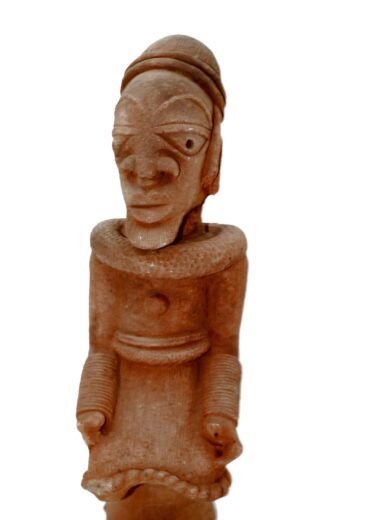
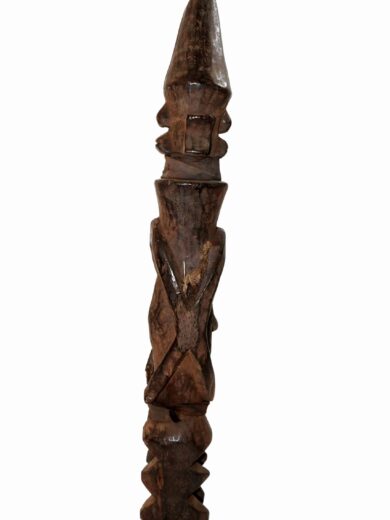
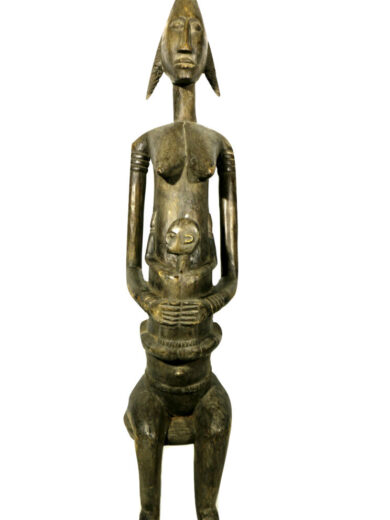
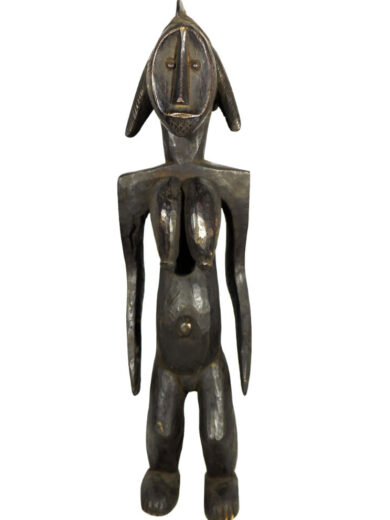
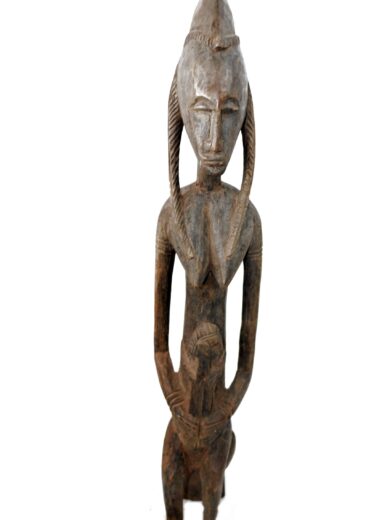
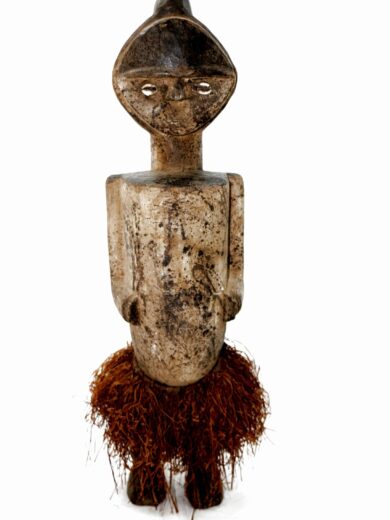

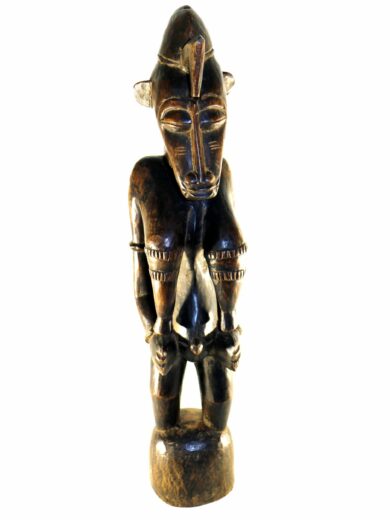

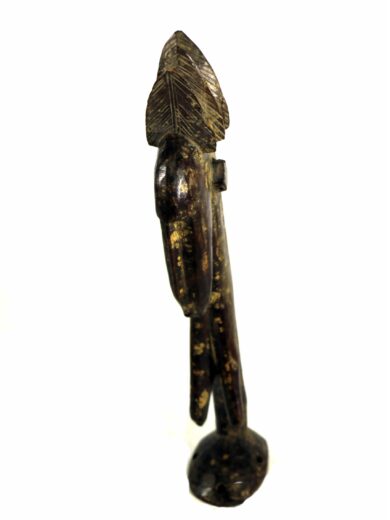

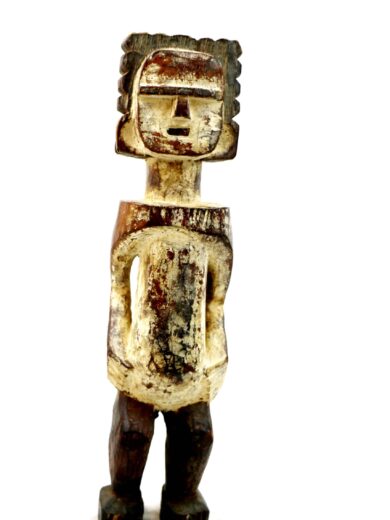


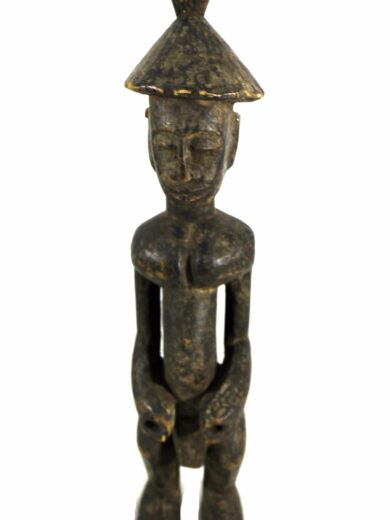
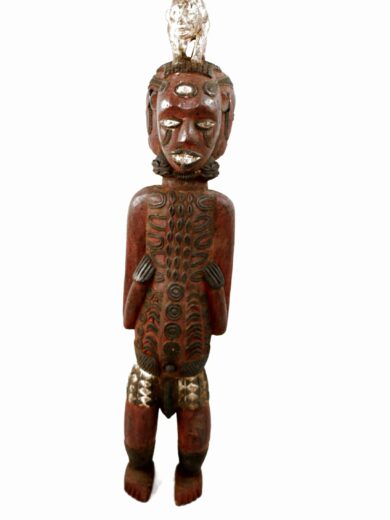
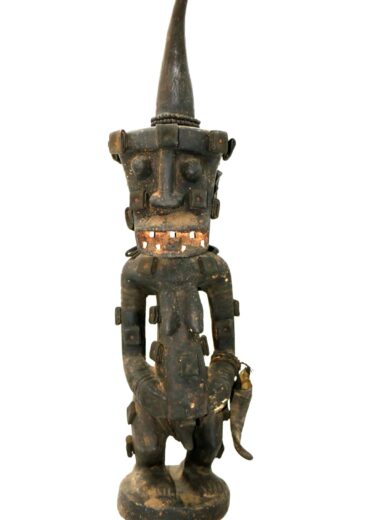
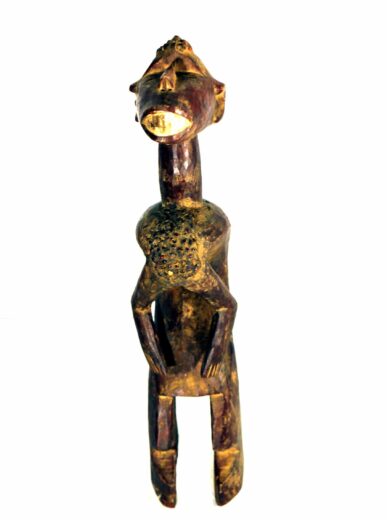
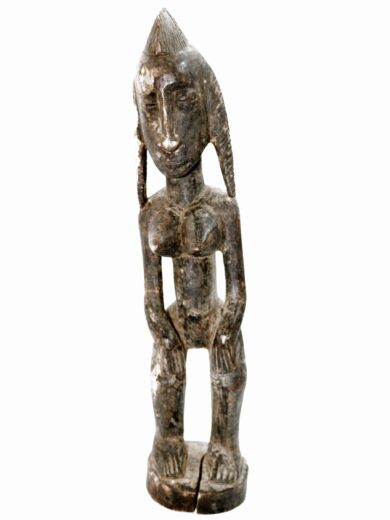
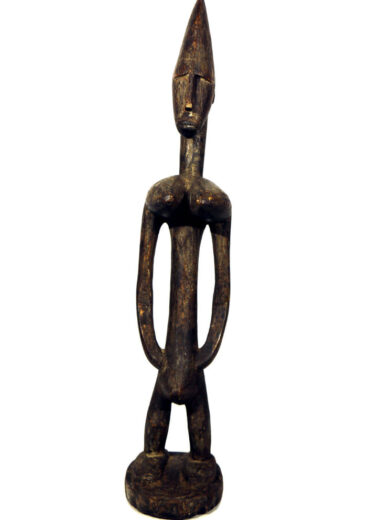

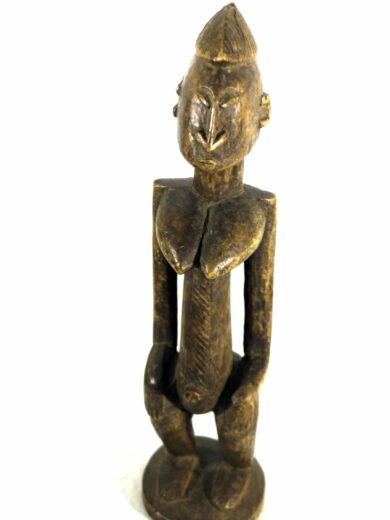


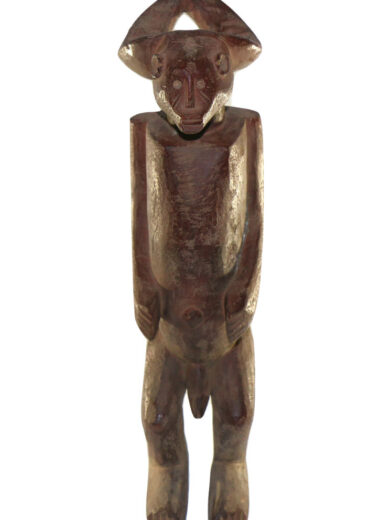
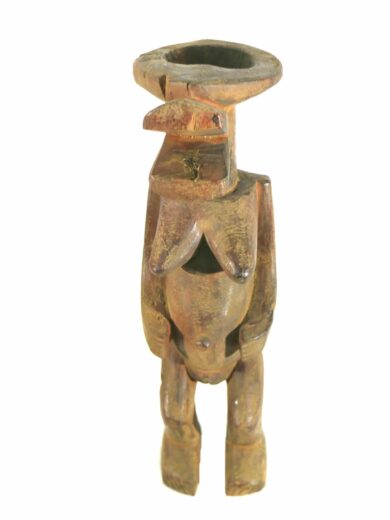


Reviews
There are no reviews yet.